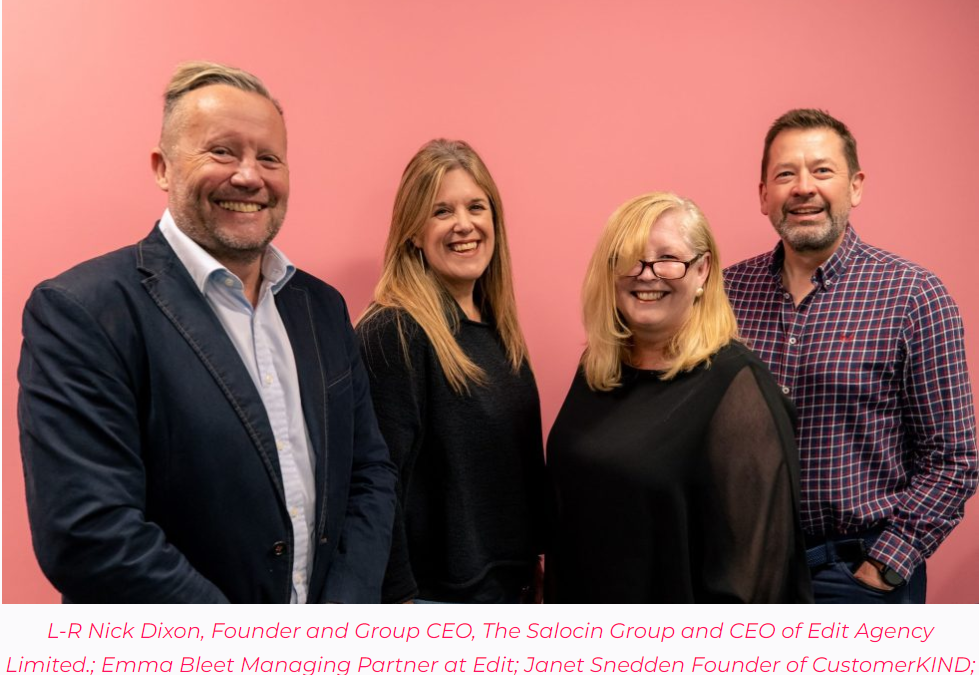We all know the importance of the digital world. We have seen some major changes and adaptions happen since the internet has grown, including the transition from traditional PR to digital PR. Now, most PR agencies will have a digital team and most SEO agencies will have a PR team.
For a long time, traditional PR worked for brands. Being promoted in national newspapers and magazines was exactly what brands needed to drive sales until consumers started using the internet more. Most brands have a website now and many are based completely online. Traditional PR still works but digital PR can offer a lot more.
Digital PR is made up of a little bit of everything; traditional PR, content marketing, link building and social media. The aim is still to get coverage in the national newspapers and publications but now the focus is their online sites. While we can get coverage in The Times print newspaper, we can only track the traffic from their website, which is much more valuable.
Due to the transition of brands and consumers online both Link Builders and Digital PR’s must follow Google’s rules. In the past, link building has used Black Hat techniques for quick wins but Google has now made it harder for this to happen, these days much of the work Link Builders do is very similar to what Digital PR’s are trying to achieve.
This is what has urged me to explain a little more in depth about the differences between link building and digital PR. While both areas are similar, their practices are very different.
Methods of link building
The easiest way to explain the difference between the two is to tell you how they both work. My career started in SEO, I worked in the outreach team at a high-street brand building links.
For any campaign, a Link Builder would first work with Keyword Researchers to find out where and why the website performance is declining. It is these findings that determined the campaigns focus. This process was very technical and kept the brand at the centre of all ideas.
Search is the sole purpose of a link building campaign and improving the traffic is an important factor. Ways that a Link Builder will achieve links include working with bloggers, creating infographics and working with smaller niche sites. While these aren’t as well-read as news publications, they will be relevant to the content being pushed, which is what Google looks at. Many Link Builders will use metrics such as domain authority or the trust flow of a link placement to determine its value.
A link building campaign is complete once all link KPI’s are hit but it is only a successful campaign if the website in question improves its ranking position in Google.
Often, Link Builders won’t work with the same site twice for a brand, because once you had a link from a site, a second won’t add much more value. This can of course make their job much harder, but there are now over 1 billion websites to look at.
Methods of Digital PR
Much like link building, digital PR starts with research. People working in digital PR for SEO purposes will generally work closely with the SEO team to find out the insights and understand what is going on behind the scenes but it won’t be the forefront of their tactics. Instead, Digital PR’s will find an opportunity for their client to get exposure and create an idea to join a bigger conversation.
A digital PR strategy will centre around people and how you can make them feel something. Examples of this include shocking article statistics, fun online quizzes and stories on current topics. The ideas will stem from performance research but it will be turned into a bigger campaign that will help, inform or entertain a brands consumer.
Due to the nature of these campaign strategies, most digital PR teams will work with bigger sites including journalists and online publications. The exposure of the information to readers is the main achievement and the high authority link to the brand comes naturally. The way digital PR works is much more public facing because they want to speak to people.
Building relationships with journalists is key for digital PR. It is all about giving the consumer something worth talking about and promoting a brand in the best way possible.
Understanding reporting
The end goal for both link building and digital PR is to gain links and improve the website’s authority. Reporting for both areas is similar as they both track traffic, visits and revenue but the method in which they get to this stage is very different and their aims dissimilar. Link Builders are set on the prize and want to impress Google as much as possible to achieve the deserved position on the rankings, but Digital PR’s look to impress people and create something that will naturally get talked about and in turn the ranking position will improve.
Compared to traditional PR, digital PR is now easier to measure after a campaign due to all the activity being online. You can track the traffic and understand exactly what worked and what didn’t. I think that link building and digital PR are evolving in a similar way and are constantly adapting to the demand of the digital world. It will be interesting to see where both areas are in five years’ time, and if indeed they both still exist.

